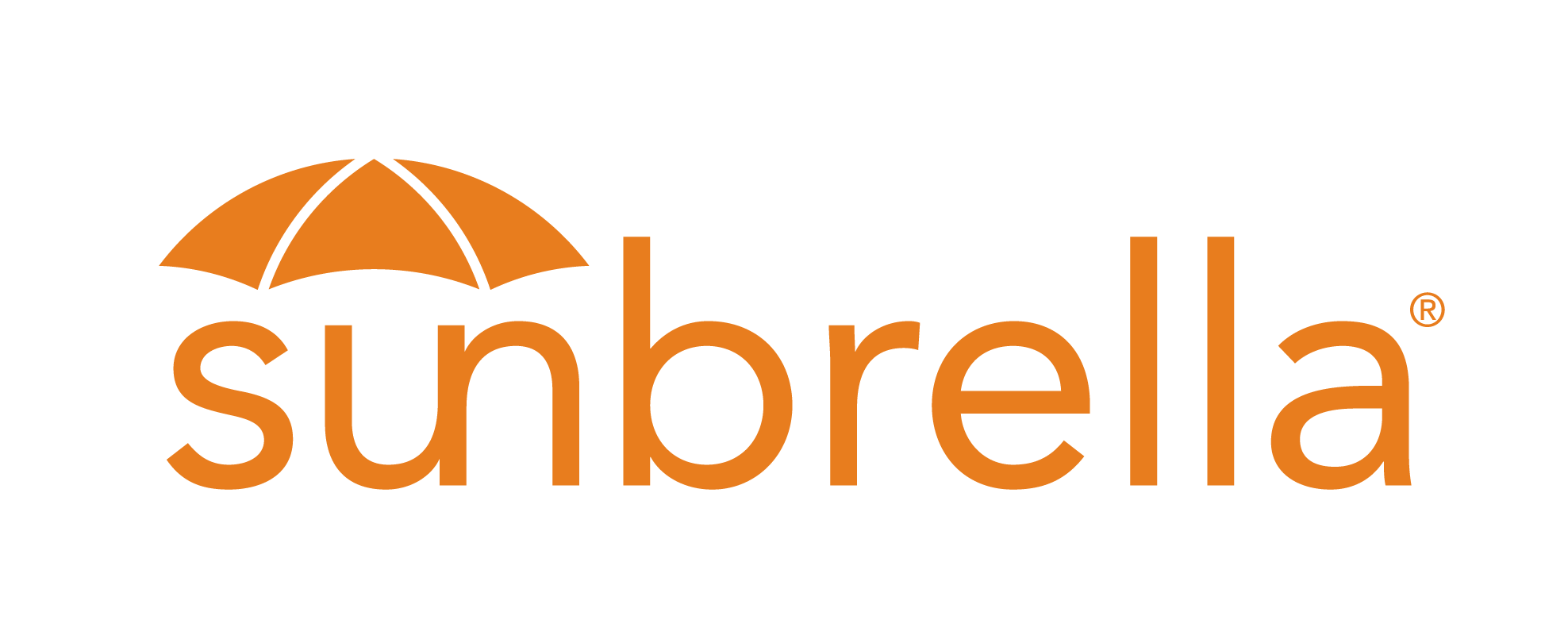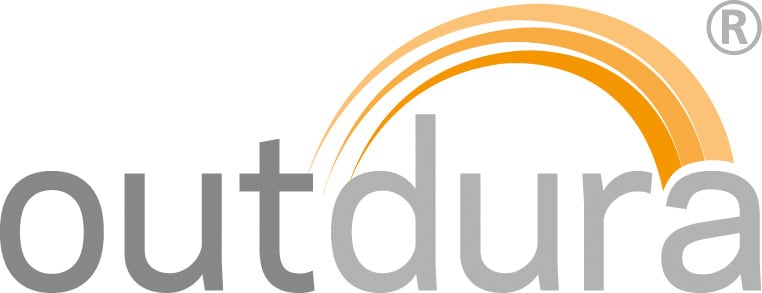What Are The Difference Of Patio Fabrics?
There are all kinds of fabrics used in outdoor upholstery; from acrylic and polyester to newly engineered olefin and even post-consumer recycled options. We’ll go over the differences below and where some are better used than others.
“Traditional” fibers
- Plant based fibers like cotton can be used outside but won’t withstand years of weathering. Cotton duck cloth for example is often used in pillows and other accessories that may be seasonal or packed away when not in use.
- Pros: Affordable, readily available, variety of colors and prints
- Cons: Not built for outdoor longevity, can be prone to staining but relatively easy to launder
- Animal fibers like wool or silk are generally avoided outdoors since they are often prone to shrinking or staining.
- Pros: Luxurious colors and textures, readily available, variety of colors and prints
- Cons: Can get expensive – especially in larger quantities, not built for outdoor longevity, prone to staining or damage
“Modern” fibers
- Polyester and Coated Polyester are used in many outdoor upholstery options, especially from big box stores. These fabrics are made by weaving polyester fibers into a thread that’s then coated with a protectant (PVC or Vinyl) which contains the actual color. The coated threads are then woven into cloth material that’s great for use as slings or awnings.
- Pros: Affordable, quick drying, mildew and UV resistant, relatively easy to clean
- Cons: Some limitation in color and pattern from how the material is made, material can be stiff and unsuitable for cushioned upholstery
- Solution Dyed Acrylic is Maschino’s favorite material to use outdoors. The acrylic fibers are colored before the threads are spun which is then woven into a fabric. This ensures the color is all the way through the fabrics, not printed on a single side or limited to a dye process. This makes a soft fabric that’s great for cushions, pillows, and even curtains.
- Pros: Quick drying, mildew and UV resistant, very easy to clean, lots of color and pattern options to choose from
- Cons: Can get expensive based on complexity of the weave and brand exclusivity
“Emerging” fibers
- Olefin or Polypropylene fabrics are made from pre-colored pellets that are melted and quickly spun to make fibers that can then be processed into threads and from there, woven into fabric. This creates a fabric that’s not quite as soft as other options and is a little more narrow in cleaning options but remains UV resistant. Olefins are great for use on things like umbrellas and curtains or even outdoor rugs.
- Pros: quick drying, UV resistant, lots of color and pattern options
- Cons: Not as soft to the touch, can be tricky to clean depending on the stain
- SEAQUAL INITIATIVE is a new company to the patio world that’s working to remove plastics from the ocean. They collect marine litter, process it into clean pellets, then use a similar process to Olefin fabrics to produce a recycled material suitable for upholstery needs.
- Pros: quick drying, UV resistant, lots of color and pattern options, good for the planet!
- Cons: Not as soft to the touch, can be tricky to clean depending on the stain, limited to certain brands of patio furniture
Overall, outdoor fabrics have just as many preferred uses as indoor fabrics do – knowing which fabrics will stand up the longest in each application will help your patio furniture last. To learn more about some of the fabrics mentioned above, peruse the links below!




